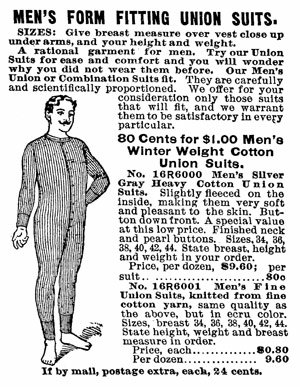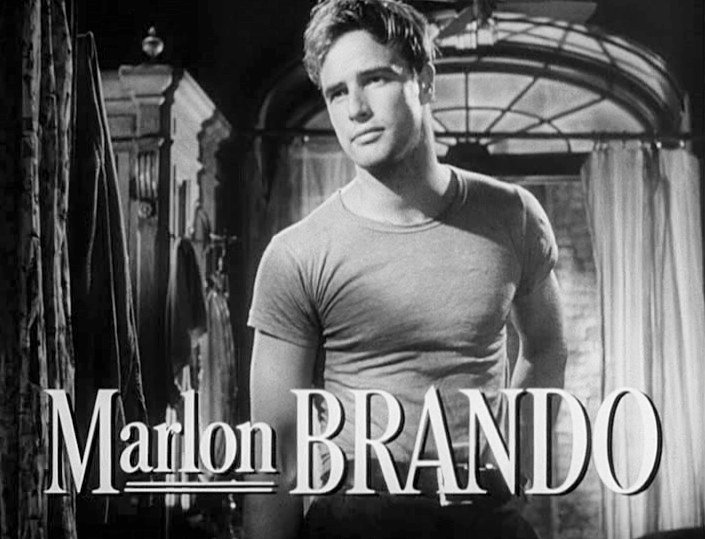-
 play_arrow
play_arrow
Atlantic Surf Radio The Coolest Radio Station In Cornwall
radioSURF'S UP ON THE INTERNET'S COOLEST RADIO STATION
This might come as a shock for you to learn, but the humble t-shirt has a pretty revolutionary history. How so? For one, it was seen as a symbol of everything from the counter-culture movement to rejecting authority and even straight out sex appeal.
How did this transformation come about? Basically, it has a lot to do with the garment’s popularity during World War II with soldiers and how they transferred that custom back home after the war. From using the t-shirt as a go-to work outfit to the later graphic designs and bold colours that appeared in the 1960s and beyond, the t-shirt’s history is as much intertwined with the development of popular culture over the past fifty years – especially in the music industry.
Let’s start at the beginning. The t-shirt began as part of a single unitary piece of clothing called the union suit. This was an undergarment worn by men in the late 1800s and early 1900s. As an undergarment, it was not seen in public nor was it a part of casual wear. It often featured buttons at the collar but sometimes did not.
Eventually this was split into a top and a bottom portion. As the top portion became distinct from the bottom portion, the bottoms became more colloquially known as “underwear” while the top evolved into the t-shirts we know and love today. In the introduction, we told you that veterans from World War II turned the t-shirt into a casual wear item, and that is true. But the history of the t-shirt and the US military goes back further than that.

The first use of the t-shirt as a standard issue garment in the United States military was during the Spanish-American War. The t-shirt was often worn underneath official uniforms and usually sailors would take off the top down to the t-shirt to perform duties on ship. This popularity in the navy didn’t waver and, once the boys started coming home from serving in the Navy in World War II, they adapted the casual wear of the t-shirt on deck to everywhere. This filtered down to young boys and workmen of all stripes including farmers and labourers.
One essential element of the t-shirts explosion in popularity was its relative cost to other clothing at the time. In an era where the mass production of garments was just beginning to produce the kinds of scale that would allow for mass consumption at cheap prices, clothing was considered an investment and was often left to one’s heirs as part of an estate. The t-shirt signalled the shift from this artisanal, tailored approach to fashion to one that was mass produced in a factory – and in multiple ways.
Not only did the t-shirt make affordable clothing desirable on multiple levels, but it also made the more formal (and much more expensive) “casual wear” of the day somewhat preposterous. Just as no one could imagine going to the pool in the middle of the summer in full length pants and a sports coat, no one then could imagine arriving in a t-shirt and shorts in the early 1950s.
The varied cultural changes that the t-shirt signalled are often documented in popular media of the time, but one film in the 1950s would change the perception of t-shirts forever in the eyes of popular culture. Starring in the classic film “A Streetcar Named Desire,” Marlon Brando elevated the t-shirt to a cult status that it has enjoyed ever since. This was the first time that, in a big way, t-shirts were shown as a single element, wholly on their own, as a larger part of a man’s outfit. Other Hollywood icons that are known for the t-shirt and vest look include James Dean and “Rebel Without a Cause.” The 1950s rockabilly t-shirt and vest combination would mimic and take inspiration from this film as well as the world of music.

It’s important to note that we’re mainly talking about the standard white t-shirt at this time. Printed designs and even other colours were somewhat rare. It wasn’t that you couldn’t find them, but a bold graphic print like know today was pretty much unheard of during the 1950s and before. It wasn’t that it was impossible, it was just time consuming.
Given the t-shirts’ status as something akin to underwear or socks, this kind of investment of time likely seemed silly back in the day. But once t-shirts gained in popularity, and mass production methods improved, you saw an explosion of graphic prints and designs during the 1960s that hasn’t let up since.
One innovation that really helped launch the graphic t-shirt into the popular consciousness as a fashion item was the humble garment’s ability to advertise products, companies, films, and more. The affiliation of music and bands, particularly the counterculture movements of the 1960s, with t-shirts has persisted to this day and this is why you often see t-shirts as totems of individual expression in various scenes and niches.
The idea that a t-shirt could encapsulate one’s personality is a novel and relatively recent phenomenon. From their humble origins as underwear to their elevation as a standalone top piece, t-shirts have evolved more than any single garment we wear today. And they’re continuing to evolve.
The future for t-shirts envisions a future wherein everyone has a customised logo shirt or something bespoke just for themselves. The idea that t-shirts express one’s unique characteristics is not expected to go anywhere and, instead, will become an even more dominant strain of thought in the future. Even so, there is some pushback against this.
The cultural cachet of phrases like “The Ramones are a band, not a t-shirt” best summarises the idea behind this resistance. It doesn’t deny that a t-shirt says something about you, it just questions whether or not you know what you’re talking about. One thing is for sure, though, and that is that the humble t-shirt isn’t going anywhere and will remain a staple garment for generations to come.
Written by: Atlantic Surf Radio
Similar posts
Copyright 2024. All Music on Atlantic Surf Radio is played with official licensing. Vintage Ads Are For Entertainment Purposes Only.



Post comments (0)